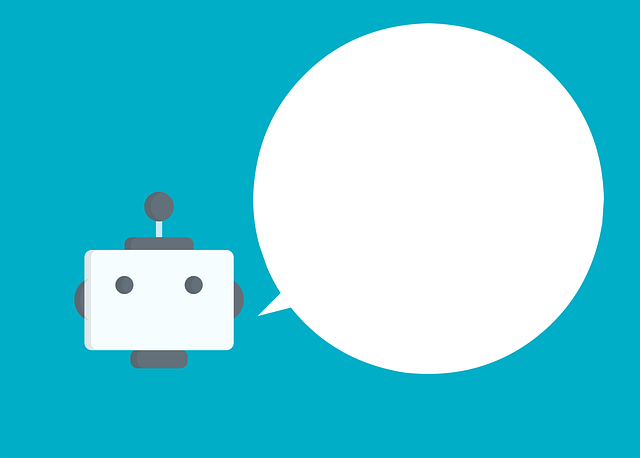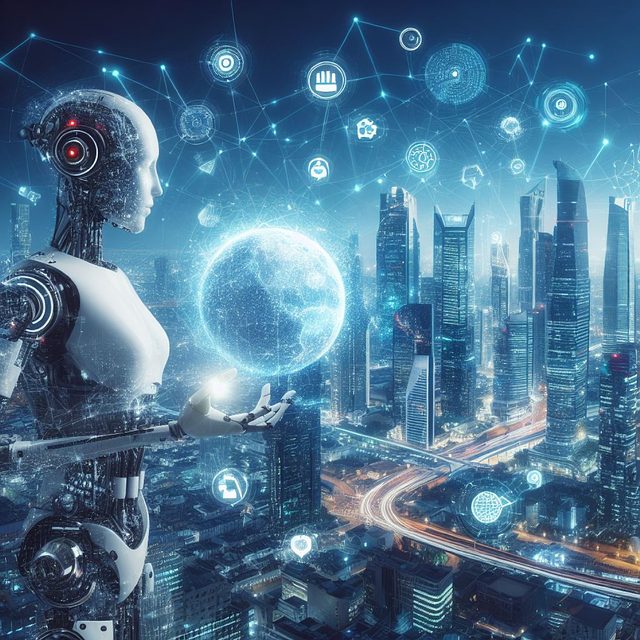Chatbots are advanced systems that combine natural language processing, machine learning, and conversational design to interpret and respond to user inputs in a human-like manner. They are versatile tools used for customer service, personal assistance, and entertainment, with their effectiveness hinging on clear objectives, appropriate programming languages like Python or JavaScript, and frameworks such as TensorFlow or Botpress. Enhanced features including contextual memory, personalization, and integration with external APIs further improve their efficiency in managing user queries and tasks. The evolution of chatbots from rudimentary script-based systems, as seen with the pioneering ELIZA in the 1960s, to sophisticated AI entities capable of complex interactions, has revolutionized various sectors like customer service and e-commerce. Their utility is expanded by integrations with platforms like social media messengers and customer service portals. As AI technology progresses, chatbots are expected to become more adept at understanding context, sentiment, and user intent, solidifying their role as indispensable tools in numerous fields. Developers must continually refine these systems using machine learning algorithms that analyze interaction patterns and historical data to deliver nuanced responses and improve predictive capabilities over time, ensuring chatbots remain at the forefront of AI-driven user interactions and operational efficiency.
Embarking on the journey to create a chatbot can be an exciting venture, offering numerous benefits from enhancing customer service to automating routine tasks. This comprehensive guide delves into the essentials of building a chatbot, from the foundational concepts to the intricate details of advanced AI capabilities. We’ll explore the evolution of chatbots, the key components that drive them, and an overview of the various frameworks and platforms available for development. As we transition to designing your chatbot’s conversational flow, we’ll focus on defining its purpose, crafting effective responses, and ensuring a seamless user experience. Multilingual support and personalization features are also critical components that will be covered in this section. Subsequently, the article will guide you through selecting the appropriate development tools and programming languages, training your chatbot with real-world data, and testing for various metrics of success. Finally, we’ll discuss strategies to ensure user adoption upon launching and how to maintain and update your chatbot to keep it at the forefront of conversational AI technology. Building a chatbot is not just about assembling components; it’s about creating an interactive entity that can learn, adapt, and provide value in countless ways. This article is designed to be your roadmap through the process, ensuring your chatbot becomes a cornerstone of your digital strategy.
- Understanding the Basics of Chatbots
- – The Evolution of Chatbots: From Simple Scripts to Advanced AI
- – Key Components of a Chatbot: Natural Language Processing, Machine Learning, and Dialogue Management
Understanding the Basics of Chatbots

Building a chatbot today is a multidisciplinary endeavor that combines natural language processing, machine learning, and conversational design to create an engaging user experience. At its core, a chatbot operates by interpreting user input through a combination of keyword recognition, contextual understanding, and sometimes sentiment analysis. The underlying technology harnesses algorithms to process and generate human-like text responses in real-time, making the interaction seem natural and intuitive.
To embark on constructing an effective chatbot, one must first understand the nuances of its potential capabilities and limitations. Chatbots can be designed for various functions, such as customer service, personal assistance, or even entertainment. The foundational elements include defining the purpose of the chatbot, selecting the appropriate technology stack (including programming languages like Python or JavaScript and frameworks like TensorFlow or Botpress), and understanding the user’s intent through their messages. Advanced features like contextual memory, personalization, and integration with external databases or APIs can further enhance the chatbot’s utility and effectiveness in addressing user queries and tasks. Understanding these aspects is crucial for developing a chatbot that aligns with business objectives and fulfills user needs.
– The Evolution of Chatbots: From Simple Scripts to Advanced AI

The evolution of chatbots has been a remarkable journey from rudimentary script-based systems to sophisticated artificial intelligence entities capable of handling complex interactions with human users. Initially, chatbots were simple text-processing programs that followed predefined scripts to interact with users. These early versions, like ELIZA in the 1960s, were limited to pattern matching and could only respond based on a set of coded rules. Over time, advancements in natural language processing (NLP) and machine learning algorithms have propelled chatbots into a new era. Today’s chatbots leverage deep learning, contextual understanding, and vast amounts of data to provide more nuanced and human-like interactions. This shift has been pivotal in transforming customer service, e-commerce, and personal assistant technologies. As AI continues to advance, chatbots are becoming increasingly adept at understanding context, sentiment, and even the user’s intent, making them indispensable tools in a wide array of applications across various industries. The integration of chatbots with platforms like social media messengers, websites, and customer service portals has made them more accessible and beneficial to both businesses and consumers alike. This progression underscores the importance of staying abreast of AI developments to harness the full potential of chatbots in enhancing user experiences and streamlining operations.
– Key Components of a Chatbot: Natural Language Processing, Machine Learning, and Dialogue Management

Building a chatbot is a multifaceted endeavor that hinges on integrating several advanced technologies to create an intuitive and responsive user experience. Central to this process are three pivotal components: Natural Language Processing (NLP), Machine Learning (ML), and Dialogue Management. NLP enables the chatbot to understand, interpret, and generate human language, allowing for seamless communication with users. This component involves parsing text or speech, recognizing intent and sentiment, and translating user inputs into a format that can be processed by the system.
Machine Learning serves as the backbone for personalization and learning over time. By utilizing algorithms that improve from experience, ML allows chatbots to handle an increasingly wide array of interactions and provide more accurate responses. These algorithms analyze historical data, identify patterns, and predict future interactions, thereby enhancing the chatbot’s performance. Dialogue Management orchestrates the flow of conversation between the user and the chatbot, ensuring coherence across multiple turns of interaction. It leverages a predefined set of rules or a more flexible AI model to guide the chatbot in maintaining context, managing session states, and directing the conversation towards a successful resolution. Incorporating these components effectively is crucial for developing a robust and user-friendly chatbot that can adapt to diverse user needs and scenarios.
In conclusion, constructing an effective chatbot is a multifaceted endeavor that hinges on a solid understanding of its key components—Natural Language Processing, Machine Learning, and Dialogue Management. As we’ve explored, the evolution of chatbots from rudimentary scripts to sophisticated AI entities has been remarkable, marking a significant advancement in how businesses engage with their customers. To successfully build a chatbot, one must delve into the intricacies of these components, ensuring that the bot can understand and respond to user queries effectively. By leveraging the right tools and technologies, and staying abreast of the latest developments in AI, you can create a chatbot that not only enhances user experience but also drives operational efficiency. Remember, the journey to building an ideal chatbot is ongoing, with continuous learning and adaptation being key to its success.
